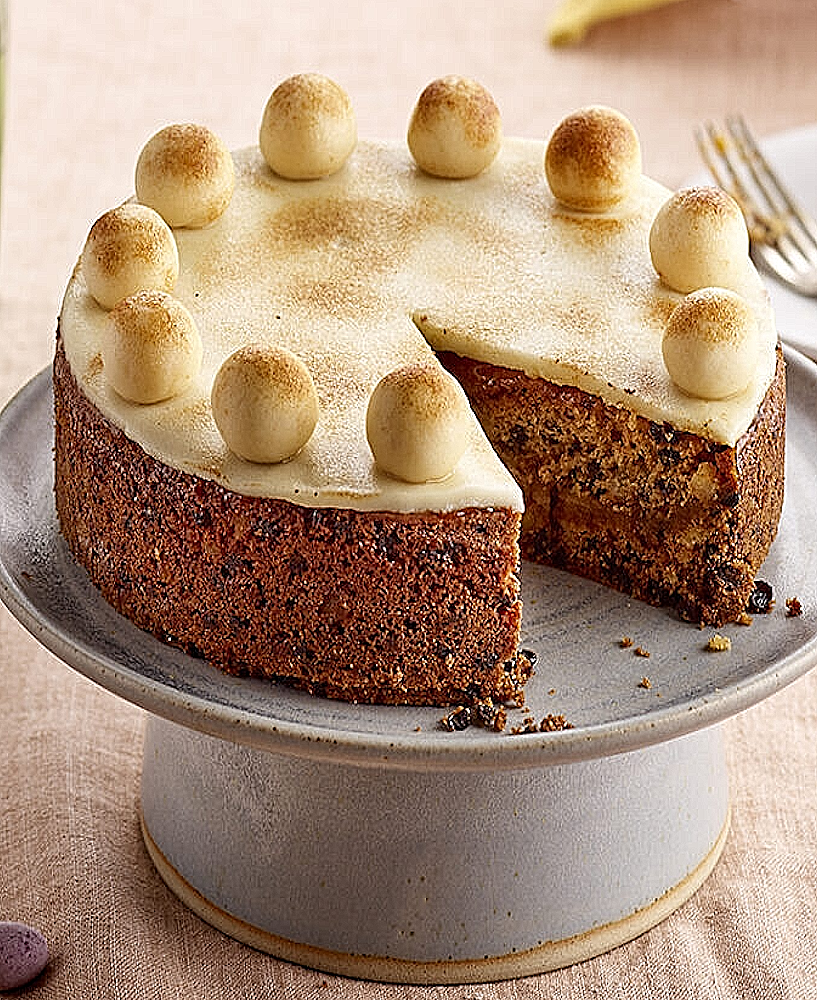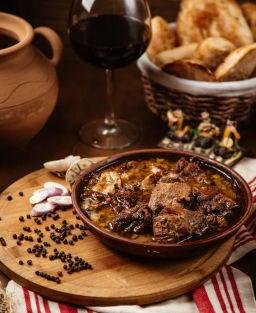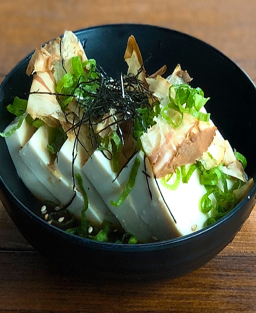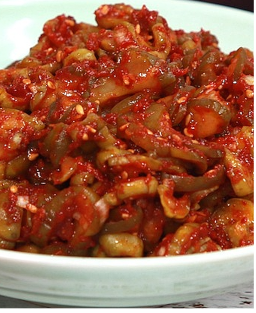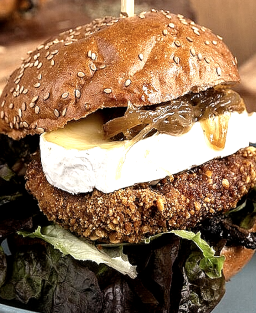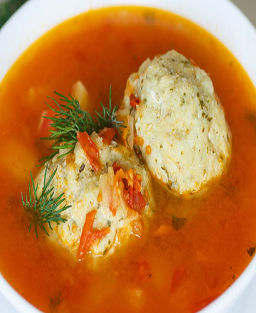- Out-of-Stock
Simnel Cake: Traditional British Fruit and Spice Cake
Simnel Cake: Traditional British Fruit and Spice Cake, Decorated with Marzipan and 11 Apostles, Symbol of Easter and the End of Lent
The Simnel Cake is a traditional British cake, often associated with Easter. It is made from a rich, spiced batter, usually filled with dried and candied fruits, and topped with marzipan. This cake has a special feature: it is decorated with 11 marzipan balls, representing the 11 apostles loyal to Jesus (excluding Judas).
History of Simnel Cake:
The Simnel Cake has a fascinating history dating back several centuries and is deeply rooted in English traditions, especially during Easter. Its name, "Simnel," likely derives from the Latin simila, referring to a fine, high-quality flour used for making the cake, often more refined than that used for ordinary cakes.
Origins and History:
-
First Mentions:
The Simnel Cake was first mentioned in the Middle Ages, around the 14th century. At that time, cake recipes were simple, primarily consisting of flour, sugar, spices, and sometimes fruits or nuts. It was not yet specifically associated with Easter. -
Connection to Easter:
Over the centuries, the Simnel Cake became increasingly linked to Easter. One possible reason is that at the end of Lent, a period of Christian fasting, people were allowed to eat richer foods, such as spiced and sweet cakes, after 40 days of abstinence. The Simnel Cake was particularly suitable for this occasion, with its dried fruits, butter, and marzipan. -
Marzipan Balls:
The 11 marzipan balls symbolize the 11 apostles faithful to Jesus, excluding Judas. This tradition reinforces the cake’s religious and Easter significance, reflecting how people commemorated biblical events through food and symbolic decorations. -
Evolution Over Time:
By the 16th century, Simnel Cake was widely popular in England, baked mainly for Easter and the end of Lent. Some versions included layers of marzipan inside the cake, in addition to the decorative balls on top. -
Regional Names:
In different parts of England, the Simnel Cake had various names, such as "Easter Cake," reflecting its seasonal consumption. Local variations also included specific ingredients like nuts or regional spices.
Symbolism:
-
The marzipan balls represent the apostles.
-
Marzipan symbolizes abundance and richness after fasting.
-
Dried fruits (raisins, currants, etc.) symbolize life and fertility, themes associated with the resurrection of Jesus celebrated at Easter.
Today:
Simnel Cake remains a traditional Easter dessert in England and other parts of the UK. Many variations exist, but the base is always a spiced cake with dried fruits, decorated with marzipan. While modern recipes are simpler than medieval ones, the cake remains an important Easter symbol, similar to the Christmas log in France.
History of the Marzipan:
Adding marzipan on top of the cake may also relate to the medieval tradition of decorating cakes with religious figures or symbols in marzipan, adding a festive and sweet touch. Over time, this became an essential feature of the Simnel Cake.
Exact Composition of Simnel Cake:
Main Ingredients:
For the cake base:
-
Butter: approx. 225 g
-
Sugar (brown or caster): approx. 225 g
-
Eggs: 4 large
-
Cake flour (preferably self-raising): approx. 225 g
-
Ground almonds: 100 g
-
Baking powder: 1 tsp
-
Spices: cinnamon, ginger, and a pinch of nutmeg (½ tsp each)
-
Salt: a pinch
-
Raisins: 100 g
-
Currants: 100 g (or sultanas)
-
Candied fruits (orange, lemon, etc.): 100 g, chopped
-
Dried apricots or prunes: optional, 50–100 g
-
Lemon zest: 1 tbsp
For the marzipan:
-
Marzipan: 200 g
-
Icing sugar: for dusting
Preparation:
-
Preheat: Preheat the oven to 160°C (320°F).
-
Prepare the batter:
-
Beat the butter and sugar until light and creamy.
-
Add eggs one by one, beating well after each.
-
Mix flour, ground almonds, baking powder, spices, and salt in another bowl.
-
Gradually incorporate the dry mix into the wet mixture.
-
Stir in raisins, currants, candied fruits, and lemon zest evenly.
-
-
Bake:
-
Grease a 20 cm (8-inch) cake tin and line with parchment.
-
Pour in the batter and level the surface.
-
Bake for about 1 hour 15 minutes, covering with foil if the top browns too quickly.
-
-
Marzipan:
-
Once cooled, spread a thin layer of marzipan on top.
-
Form 11 marzipan balls to place on top, representing the apostles.
-
-
Finishing:
-
Lightly toast the marzipan under the grill or with a blowtorch until golden.
-
Tradition and Serving:
Simnel Cake is typically served at Easter with a cup of tea. The marzipan balls symbolize Christian faith. It is a rich, aromatic cake that improves in flavor over time, so it can be made a few days in advance.











